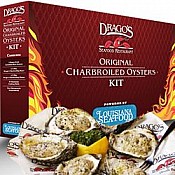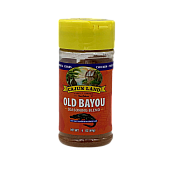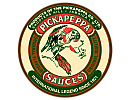Oysters. People either love them or hate them.
Oyster is the common name for a number of different families of salt-water bivalve molluscs that live in marine or brackish habitats. In some species, the valves are highly calcified, and many are somewhat irregular in shape. Many, but not all oysters are in the superfamily Ostreoidea.
Are oysters good or bad for you?
Oysters are highly nutritious shellfish that offer a wide array of health benefits. They're packed with high-quality protein, vitamins, minerals, and antioxidants — all of which benefit health. Still, raw oysters can contain potentially harmful bacteria, so enjoy them cooked to avoid infection.
Oysters have many health benefits
Before you take this statement too far — no, you will not get turned on by eating an oyster. However, this sexy bivalve packs a wallop of zinc, which is great for making you feel good and keeping up your energy. Not only does the zinc boost your sex drive, but it also ups your immune system, helps get rid of acne, eases rashes and makes your bones stronger.
How do oysters taste?
Some of the more common flavors you may taste in an oyster are butter/cream, hints of melon or cucumber, sweet, salty or "briny," and a rusty, copper taste. Texture-wise, oysters are generally described as plump and springy.
Are oysters still alive when you eat them?
"When you slurp back oysters raw, they are still alive or just freshly killed or shucked prior to serving, which is why you oftentimes see them on ice," says Alex Lewis, RD, LDN, a dietitian for Baze. This ensures they are fresh when eating, so they maintain the right flavor profile, texture and nutrient density.
Oysters taste better in the winter
Ever wonder why there’s the adage about not eating oysters in months that don’t have an r letter (think May, June, July and August)? The main reason is because it’s harder to keep them cold and fresh in the heat, especially before refrigeration. But the other reason is because in the summer months the bivalves are spawning, which gives them a weak and watery flavor. During the winter months, when the water is nice and cold, these molluscs really thrive.
Fresh Louisiana Oysters (shucked) Quart...
Dust them in corn meal, fry them up, and have them on French bread with mayonnaise, lettuce and toma..
$5391 $5990 -10%
Cajun Land Old Bayou 1.75 ounce...
Cajun Land Old Bayou 1.75 ozGive your food an “East Coast Vibe” with “Cajun Flair”!The Cajun version..
$378 $420 -10%
Fresh Louisiana Oysters (shucked) Pint...
Dust them in corn meal, fry them up, and have them on French bread with mayonnaise, lettuce and toma..
$2698 $2998 -10%
Cajun Land Chargrill Oyster & Seafoo...
Cajun Land Chargrill Oyster & Seafood Seasoning 4.48 ozNow it is easier than ever to enjoy this ..
$540 $600 -10%
Cajun Land Rockefeller Oyster & Seaf...
Cajun Land Rockefeller Oyster & Seafood Seasoning 4.8 ozDesigned for oysters but good on any sea..
$540 $600 -10%
Cajun Land Creole Oyster & Seafood S...
Cajun Land Creole Oyster & Seafood Seasoning 4.96 ozDesigned specifically for oysters, but this ..
$540 $600 -10%
Fresh Louisiana Oysters (shucked) 1 Gall...
Dust them in corn meal, fry them up, and have them on French bread with mayonnaise, lettuce and toma..
$12510 $19808 -37%
Cajun Land Mediterranean Oyster & Se...
Cajun Land Mediterranean Oyster & Seafood Seasoning 4.96 ozPERFECT for oysters!GREAT on any seaf..
$540 $600 -10%
Oyster Shucking Knife...
The reason you need a real oyster knife is that it is designed for the specific task of prying oyste..
$748
One Dozen Extra Fancy Half Shell Gulf Oy...
SouthFresh Foods Extra Fancy Half Shell Gulf Oysters 12 Oysters on a HalfshellIndulge your palate wi..
$2250 $2500 -10%
Louisiana Oysters (Whole) - Wild...
Louisiana Oysters, whole shell, shipped frozen in a traditional burlap sack. Includes tag where oyst..
$9041
Louisiana Oysters (Whole) - Pasteurized...
Pasteurized Oysters are unique because they remain fresh throughout the patented High Pressure Proce..
$3449
Louisiana Oysters (Whole) - Pasteurized...
Pasteurized Oysters are unique because they remain fresh throughout the patented High Pressure Proce..
$11499
Charbroiled Oysters - Next Day Shipping ...
Drago’s seafood restaurant is one of the most celebrated Louisiana legacies, and you’ve likely heard..
$10773
Cajun Land Old Bayou 4 ounce...
Cajun Land Old Bayou 4 ozGive your food an “East Coast Vibe” with “Cajun Flair”!The Cajun version of..
$699 $849 -18%

-175x175.jpg)
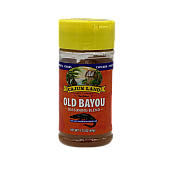
-1-175x175.jpg)
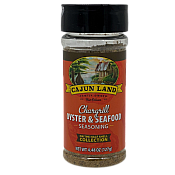

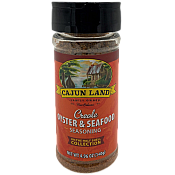
-1-Gallon-175x175.jpg)
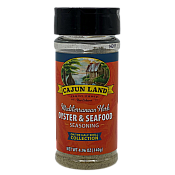

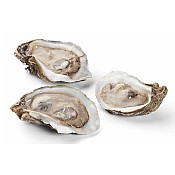
-Wild-175x175.jpg)
-Pasteurized-175x175.jpg)
-Pasteurized-1-175x175.jpg)
